The formation lap in motorsport is a crucial yet often misunderstood component of a race. This preliminary circuit allows drivers to prepare their vehicles and themselves before the intense competition begins. Understanding its purpose and intricacies can enhance the viewing experience for fans and provide insight into the strategic elements of racing.
The Basics of a Formation Lap
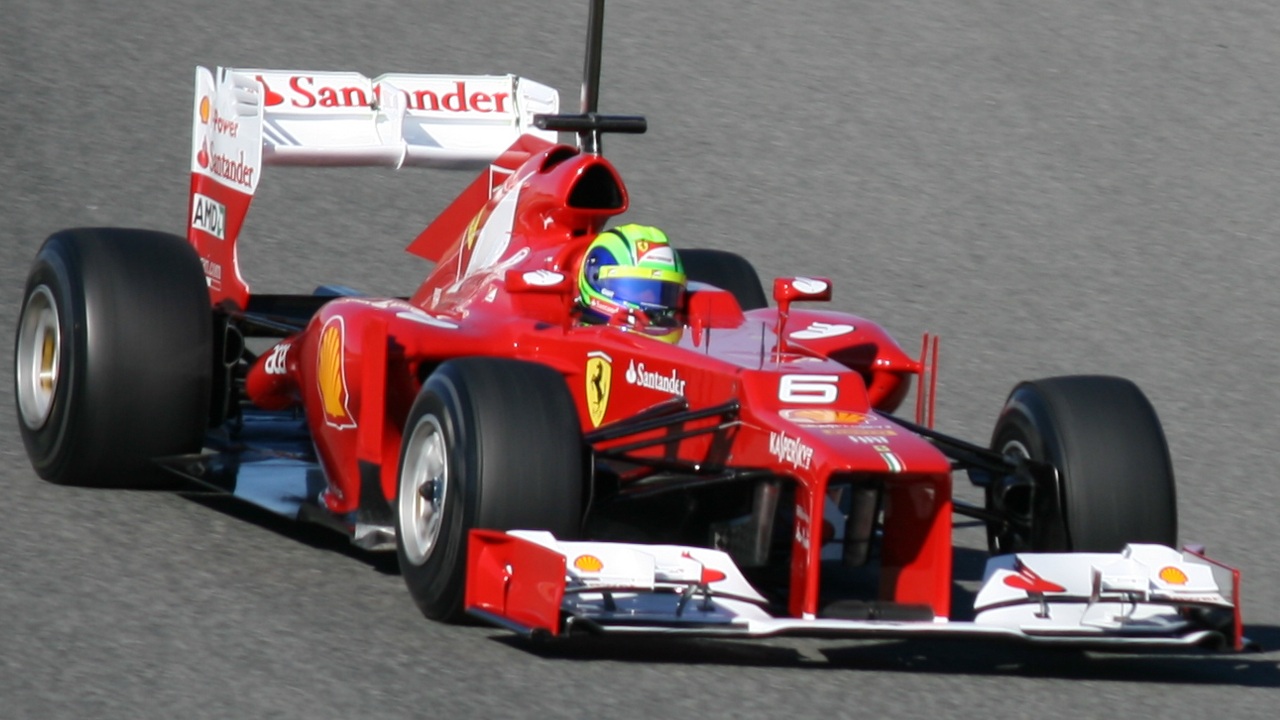
A formation lap, often referred to as the warm-up lap, is the circuit that drivers complete before the official start of a race. Its primary objectives are to allow drivers to warm up their tires and brakes, check the car’s systems, and ensure that everything is functioning as expected. This lap sets the stage for the race, ensuring that all vehicles are in optimal condition from the get-go.
Historically, the formation lap has evolved significantly. Initially introduced as a way to test vehicle reliability, it soon became a strategic tool in the racing world. Over time, the formation lap’s role expanded, becoming an integral part of race dynamics and strategy. In the early days of motorsport, the concept of a formation lap was not as structured as it is today, with drivers often using it for last-minute adjustments and to get a feel for track conditions.
Unlike other sports where a warm-up might be individualistic and less structured, the formation lap is unique to motorsports like Formula 1. Other racing formats, such as rally racing, do not require such a lap due to differences in race structure and the nature of the event. Formula 1, with its strict guidelines and need for precision, benefits greatly from the structured nature of the formation lap, something that other motorsports formats may not require.
Procedures and Protocols
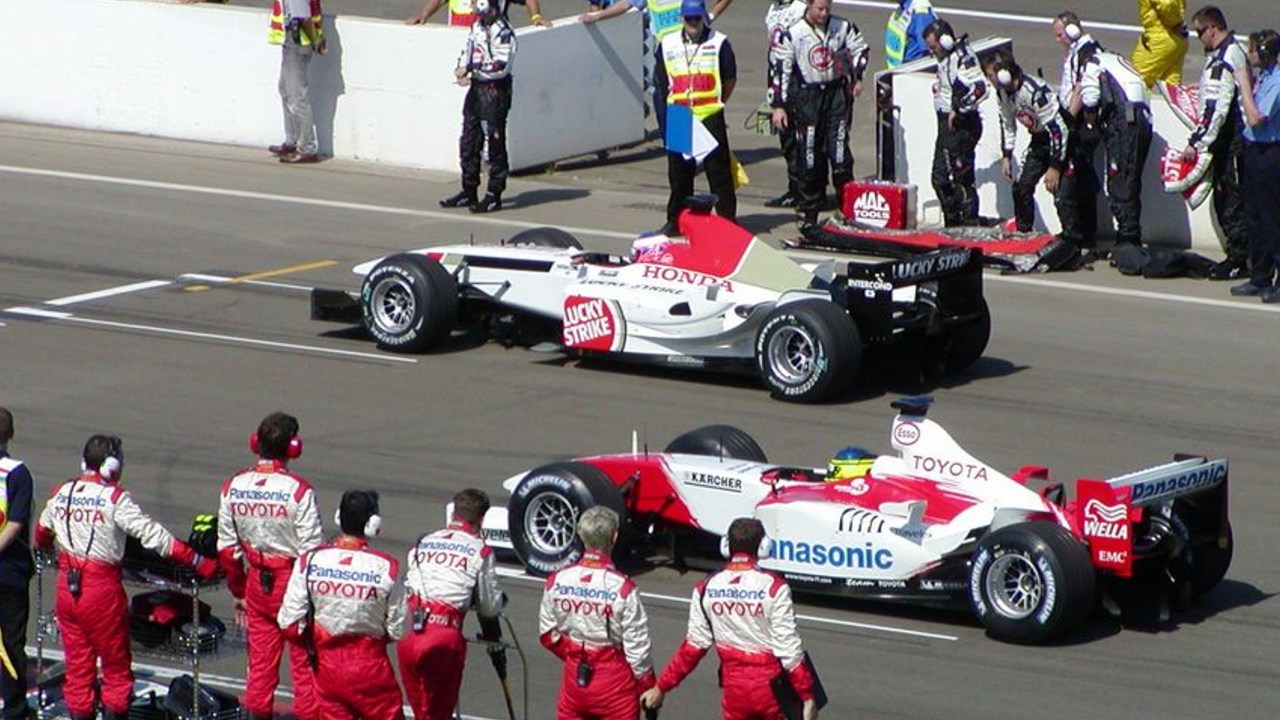
During the formation lap, drivers have several responsibilities. They must warm up their tires to the optimal temperature, which is crucial for grip and performance during the race. Additionally, drivers use this lap to check their car’s systems, ensuring that everything from brakes to steering is functioning correctly. This period is also vital for mental preparation, allowing drivers to focus and strategize.
The formation lap is governed by specific FIA rules and regulations. These guidelines ensure safety and fairness, and any infractions can lead to penalties. Recent updates have closed loopholes that teams might exploit, ensuring that the formation lap remains a standardized and fair process. These updates reflect ongoing efforts to maintain the integrity of the sport while adapting to new technological advancements.
The formation lap plays a strategic role in race planning. Teams gather vital data during this lap, including tire performance and track conditions. This information is used to fine-tune race strategies, potentially altering pit stop plans or fuel management to gain a competitive edge. The feedback from the formation lap can be pivotal, especially in races where weather conditions or track surfaces can change rapidly.
Recent Developments and Controversies
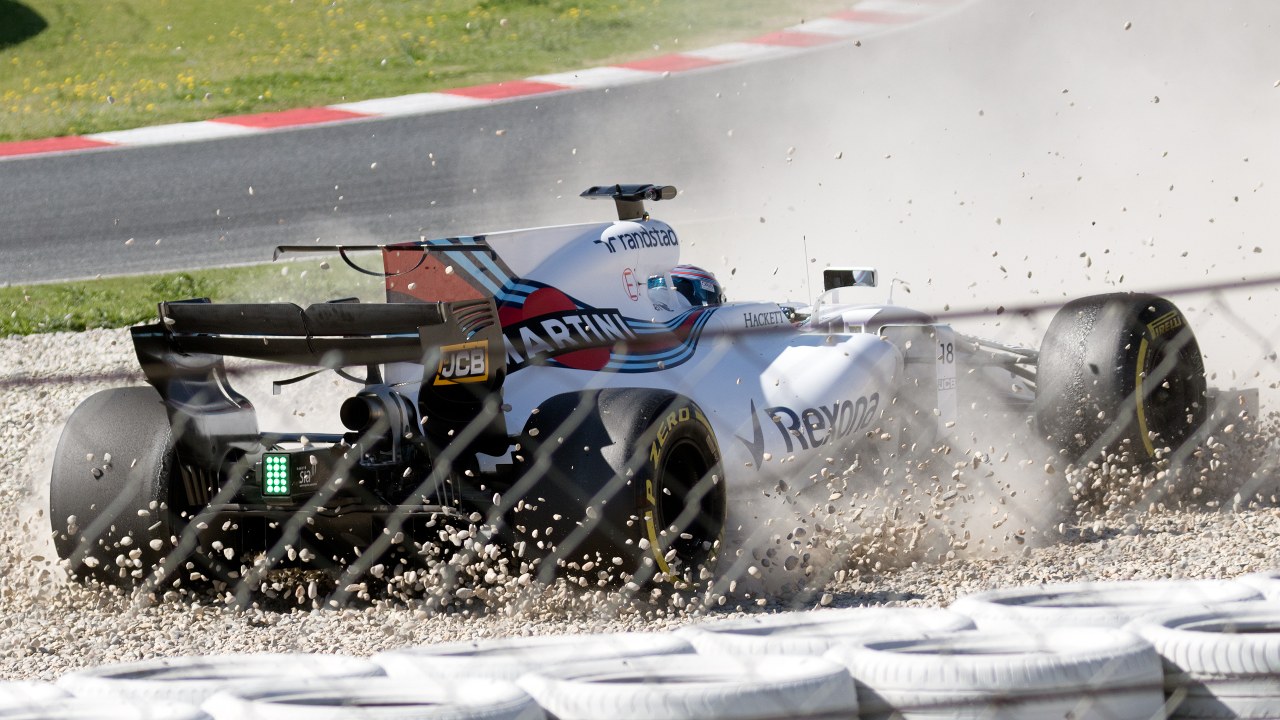
In recent years, changes in regulations regarding formation laps have brought about significant discussions within the motorsport community. The FIA has implemented updates aimed at enhancing safety and reducing the potential for strategic manipulation. These changes, while sometimes controversial, aim to ensure that the race start is conducted fairly and without unnecessary delays.
Notable incidents, such as the Sao Paulo incident, have highlighted the critical nature of formation lap protocols. In this particular case, formation lap procedures became central to discussions about race fairness and regulations. The incident, which involved prominent drivers like Lando Norris and George Russell, underscored the importance of understanding and adhering to formation lap guidelines.
Experts within the sport have varied opinions on the future of the formation lap. Some believe that technological advancements could eventually alter its current format, while others argue that its traditional role is essential for race dynamics. Interviews with drivers and team principals reveal a shared understanding of its importance, but there is always room for debate on how it should evolve in the coming years.
Technical Aspects and Innovations
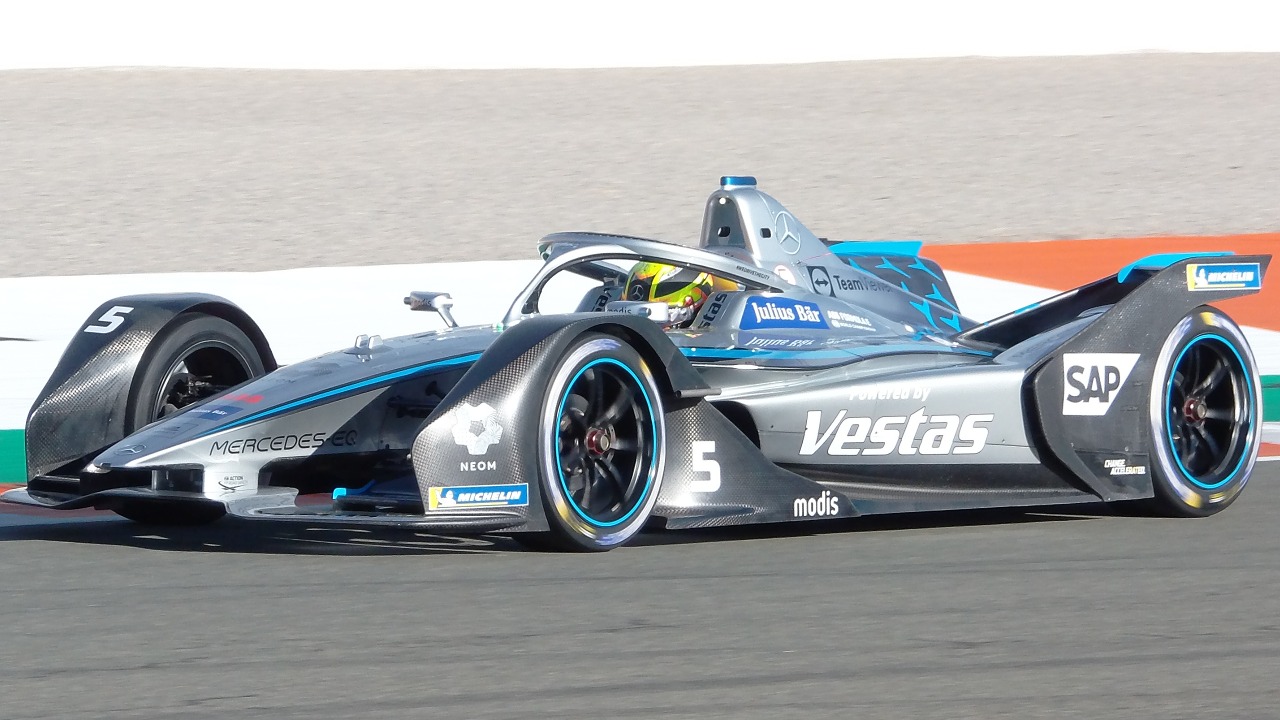
During the formation lap, vehicles undergo crucial technical checks and adjustments. Teams ensure that tire pressures are optimal, and any last-minute mechanical issues are addressed. This is also the time when drivers test their car’s responsiveness, making sure that everything from throttle response to braking efficiency meets expectations.
Modern technology plays a vital role in enhancing the formation lap. Advanced telemetry systems provide real-time data to teams, allowing them to monitor every aspect of vehicle performance. This data is crucial for making split-second decisions that could impact the race’s outcome. Communication systems also allow for seamless interaction between drivers and their teams, ensuring that any concerns are promptly addressed.
The formation lap’s impact on vehicle performance cannot be overstated. Properly warmed tires and brakes can make a significant difference in the opening laps of a race. Drivers who effectively manage this lap often gain a competitive advantage, as their vehicles are better prepared for the rigors of high-speed racing.
The Formation Lap’s Role in Race Dynamics
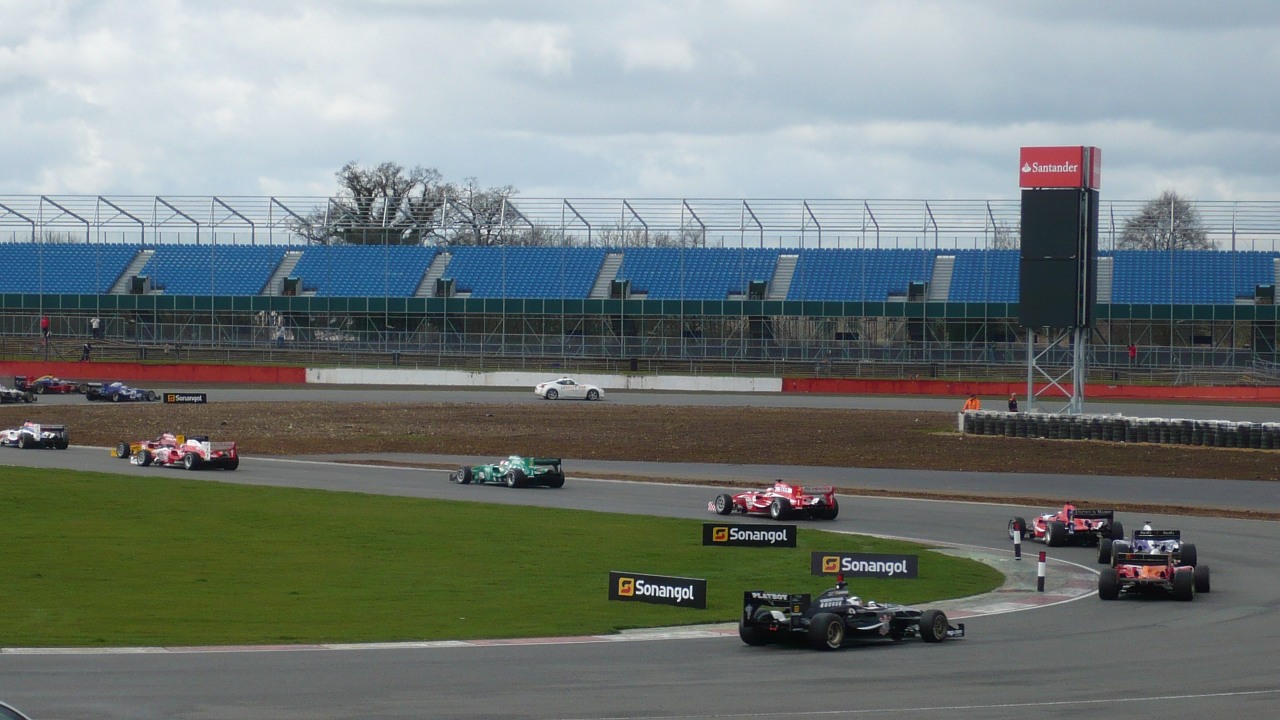
Beyond the technical and strategic elements, the formation lap has a profound psychological impact on drivers. It serves as a moment of mental preparation, allowing drivers to focus and visualize their race strategy. This psychological readiness is crucial, as it sets the tone for the race and can influence a driver’s performance.
For spectators, the formation lap builds anticipation and excitement. It is a visual cue that the race is about to begin, and the sight of cars lining up, engines revving, adds to the spectacle. This moment of suspense is a key part of the racing experience, capturing the attention of fans worldwide.
Strategically, the formation lap offers opportunities for drivers to position themselves advantageously. Decisions made during this lap, such as where to position the car and how aggressively to approach the starting grid, can influence the race’s outcome. These tactical maneuvers are a testament to the skill and strategic thinking required in Formula 1, contributing to the sport’s complexity and allure.
Like Fast Lane Only’s content? Be sure to follow us.
Here’s more from us:
*Created with AI assistance and editor review.

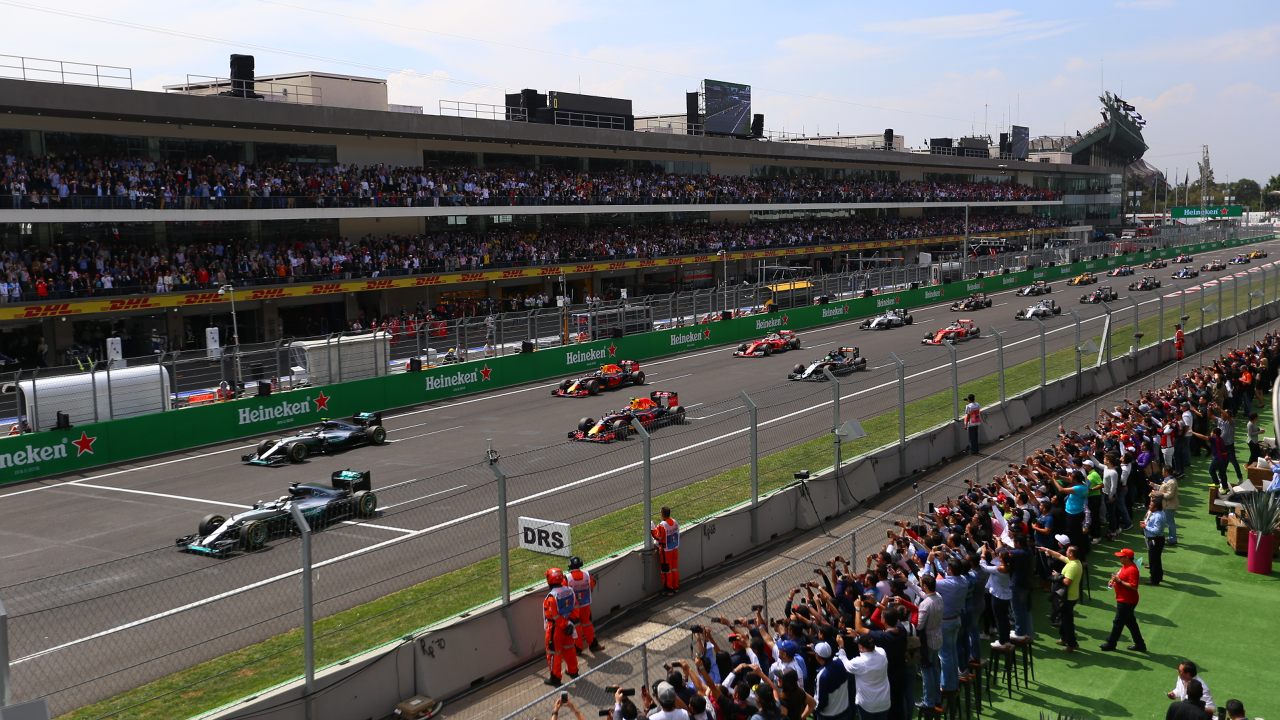
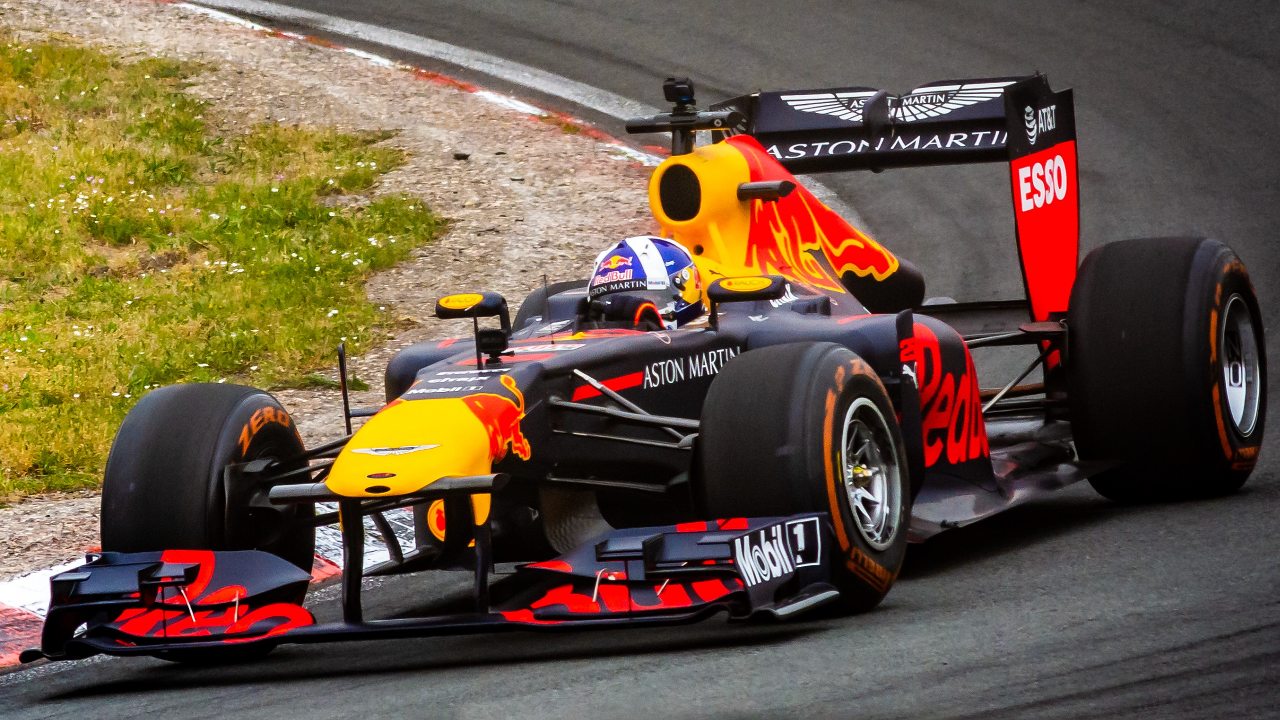



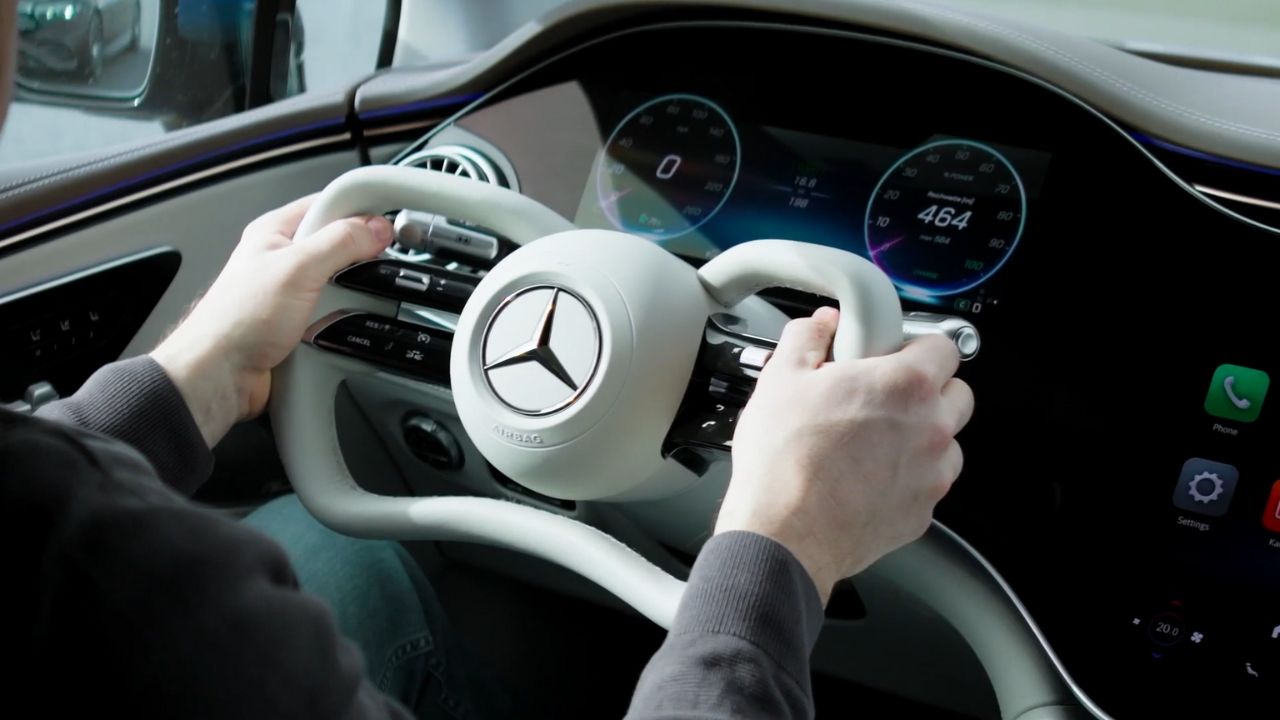
Leave a Reply